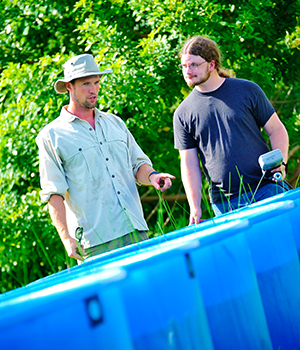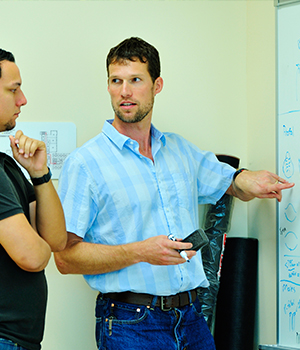

I am a freshwater community ecologist and I am particularly interested in the ecological significance of predation and hydrologic variation for population regulation, trophic dynamics, and patterns of coexistence in freshwater ecosystems. I employ a combination of observational studies and lab, mesocosm and field experiments to understand 1) the mechanistic effects of predators on prey recruitment through early life stages, 2) the effects of hydrologic variation on community composition and patterns of coexistence, and 3) how hydrologic variation (drought, water level or flow variation) functionally determine population sizes of invertebrates that become prey for higher trophic levels. My work could be considered basic ecology with an eye towards applied questions; I mostly study populations of macroinvertebrates that are important trophic links for Everglades Restoration. Most of my current research is in southern Florida wetlands (including the Everglades) and includes freshwater crayfishes, but projects also include other macroinvertebrates and some freshwater vertebrates (e.g., fish, wading birds).
I am also collaborating with international scientists studying the parthenogenetic (clonal) and invasive marbled crayfish (Procambarus virginalis) which is recently derived from the slough crayfish (P. fallax), a species native to Florida.


